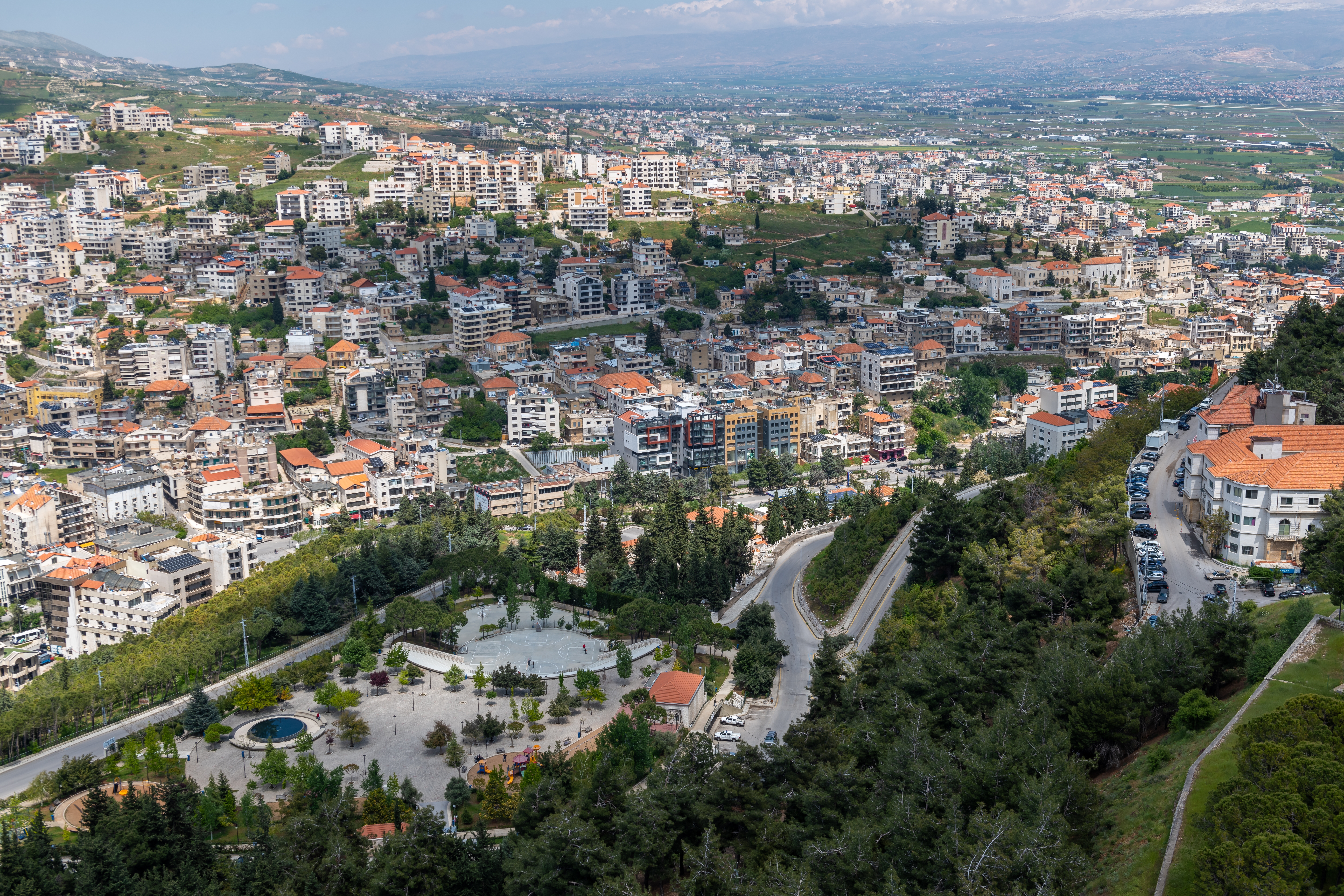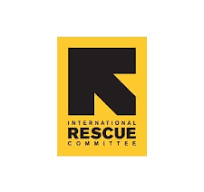Protecting Street-connected and Working Children from Exploitation and Forced Labor in Lebanon

Abstract: Funded by IPA’s Human Trafficking Research Initiative (HTRI) and in collaboration with the International Rescue Committee (IRC) and IRC's Airbel Impact Lab, researchers are conducting a pilot evaluation to assess whether a program consisting of safe spaces and non-formal education through community-based approaches can prevent forced child labor and protect street-connected children engaged in forced labor.
In 2022, 44 percent of Lebanon's population lived below the poverty line.1 Children in urban and rural areas are largely sent to work in the streets to supplement their family income. As such, they are exposed to the influence and recruitment efforts of traffickers and criminal gangs, who may force them into illicit activities. To alleviate this issue, the IRC developed a multi-faceted program, “Street-connected and Working Children,” which consists of providing safe spaces and non-formal education through community-based approaches to children engaged in or at risk of forced labor. The program aims to protect street-connected children by promoting safety in the home, school, workplace, and community, while also supporting their reintegration into education or improving their working conditions toward a practical and concrete exist strategy.
Funded by IPA’s HTRI and in collaboration with IRC and IRC’s Airbel Impact Lab, researchers are conducting a pilot evaluation of the “Street-connected and Working Children” program in North Lebanon and Bekaa with 100 street-connected children engaged in or at risk of forced labor. The pilot assesses whether the program can prevent forced child labor and protect street-connected children engaged in forced labor. Researchers are also measuring indicators such as survivors' engagement in case management activities—process of helping individuals through direct social-work type support, and information management—working conditions, overall well-being, and caregiver’s engagement and awareness. The results will inform the design of a future randomized evaluation.
Results will be available in 2025.
Sources
1 “Lebanon: Poverty More than Triples over the Last Decade Reaching 44% under a Protracted Crisis.” n.d. World Bank. https://www.worldbank.org/en/news/press-release/2024/05/23/lebanon-poverty-more-than-triples-over-the-last-decade-reaching-44-under-a-protracted-crisis.
Research & Implementing Partner

Research Partner












